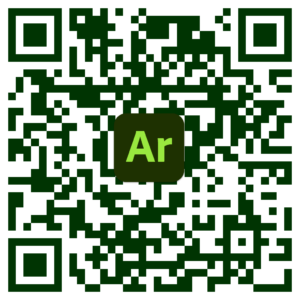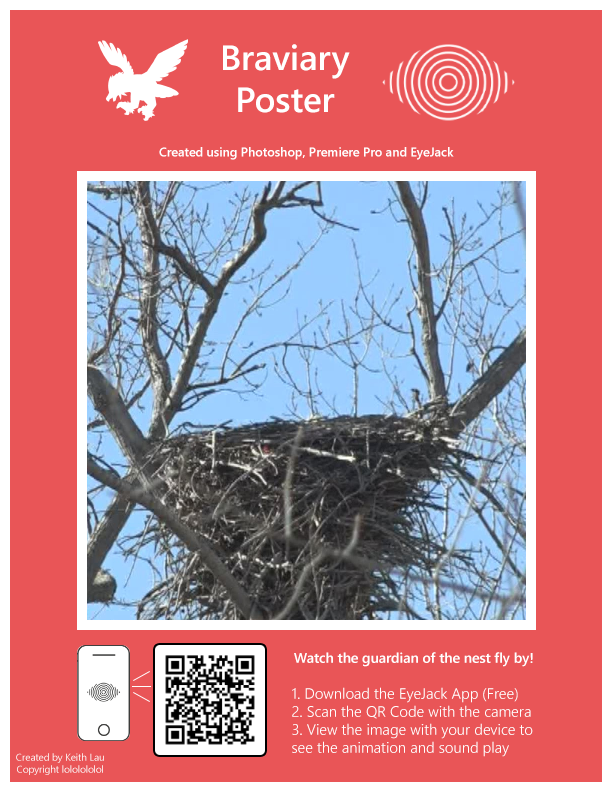For this blog post, I’m going to discuss the experiences and interests I’ve gained that allow me to stand out. I would personally describe myself as a swiss army knife, someone who has a wide array of knowledge about a variety of programs, creation processes, and unique styles.
Being in the graphic design program, I had some experience with producing many digital graphics over the course of the pandemic including several posters, two catalogs for an online videogame, a promotional image, many social media posts, slideshows, mockups, and plenty of image editing as well. I’m confident in claiming that my graphics have been successful in attracting a substantial amount of viewers and visitors to the online groups I promoted, as well as my own social media profiles, which gained some positive reception.
I also do light video editing and animation, though nowhere near as often as I do graphic design. Meme videos are my specialty, which often involve combining a main topic with cheesy animations, funny sound effects, and appropriate background music. I sometimes edit videos after sightseeing, adding transitions between different areas, and some atmospheric music. I then post them to social media afterwards, which I find to be a rewarding experience seeing people view the final product, despite the long work-to-product ratio compared to creating graphics.
I’ve always excelled in writing as well. Though not unique to me, I wrote a variety of essays, responses, research papers, and stories during high school that involved being able to support evidence, providing sources, and analyzing quotes and data for school assignments. What separates me from other people is my interest in continuing to write in these formats during my free time. I enjoy researching topics, and incorporating that knowledge to my infographics and scripts that I produce for myself and other people.
It helps that I’m able to describe things in great detail. For example, I sometimes write food reviews and tier lists on social media that include variables such as price, quantity, taste, service, and comparisons to other similar locations. These reviews involve condensing everything the audience needs to know about the product in a few sentences that quickly, yet effectively showcase my opinions.
Though I haven’t sketched recreationally for years now, I’ve returned to doing so for school, using a sketchbook to create concepts and ideations after being enrolled in the graphic design program. Though I prefer to do the entire creative process digitally these days, my experience with drawing animals, objects, and logos on pencil and paper have proven to be quite useful.
Overall, being a generalist has proven to be very useful in a wide variety of situations, when a client will need many different products to be created by a single designer. Being versatile is something that I’m proud of, and my experience and execution of every project I finish even more. I’m looking forward to further expanding my arsenal of tools and skills, especially the ones I’m not too familiar with (After Effects, InDesign, Figma), which will definitely improve my productivity over the course of being a graphic designer.







